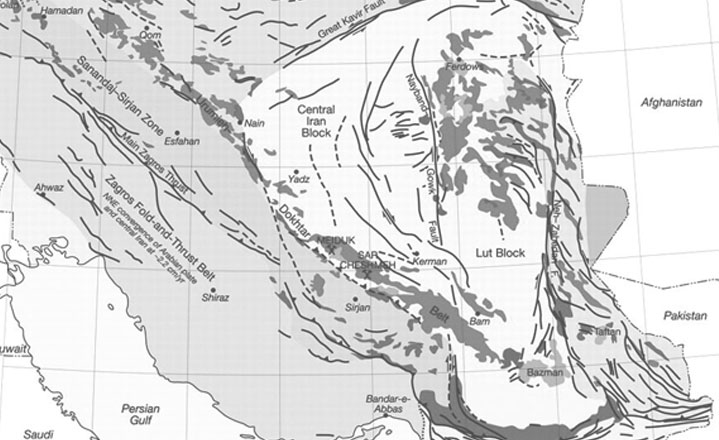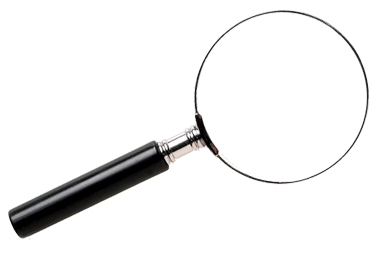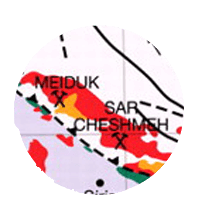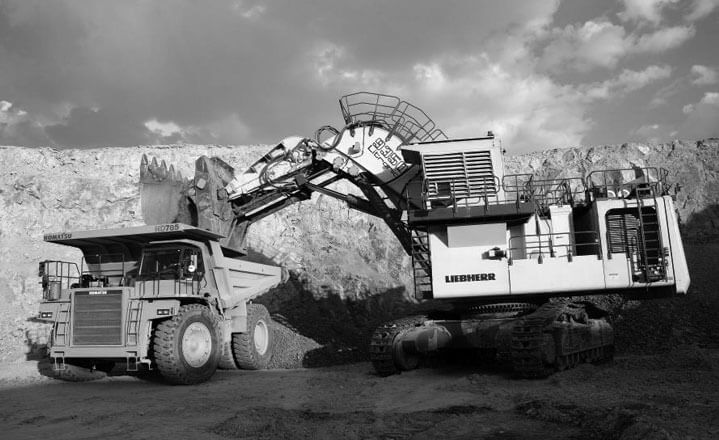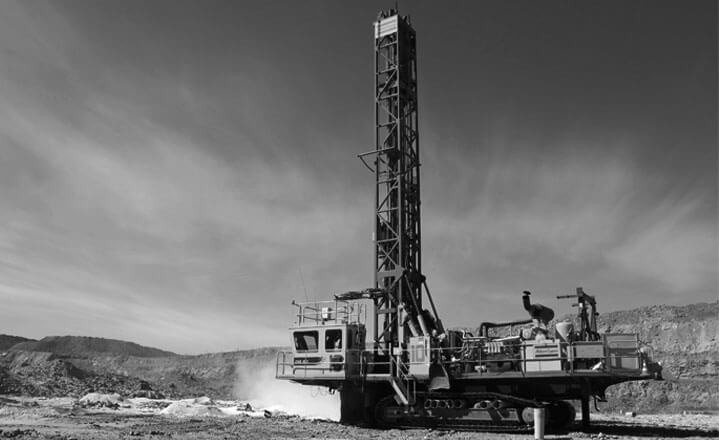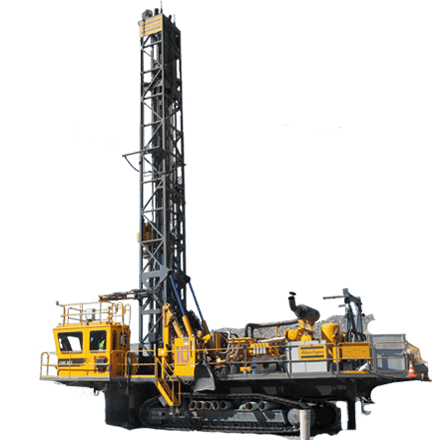Get In Touch
|
Unit No. 1403, 14th Floor, Negin Reza tower, Ashrafi Esfahani Expy, Tehran, Iran. +98 21 4403 1818 +98 21 4406 3628 This email address is being protected from spambots. You need JavaScript enabled to view it. |

Super User

- geology jobs
- geology degree salary
- geology salary in 2016
- geology salary
- environmental geochemistry jobs
- geochemistry jobs
- drilling jobs
- drilling companies
- mining salary ranges
- mining engineering salary 2015
- mining engineering salary 2016
- mining engineering degree salary
- mining engineering degree
- mining engineering colleges
- mining engineering
- g3 geochemistry geophysics geosystems
- geochemistry geophysics geosystems impact factor
- geophysics
- geochemistry geosystems
- geochemistry geophysics geosystems
- مناطق آزاد تجاری ایران
- نقشه شبکه برق 230 کیلو ولت
- نقشه شبکه برق 400 کیلو ولت
- شبکه برق 400 کیلو ولت ایران
- شبکه برق 230 کیلو ولت ایران
- نقشه مناطق ویژه تجاری ایران
- نقشه مناظق آزاد تجاری ایران
- نقشه پراکندگی جمعتی ایران
- نقشه مناظق زلزله خیز ایران
- نقشه توپوگرافی ایران
- نقشه شبکه برق ایران
- نقشه فرودگاه های ایران
- CLIMATE DISTRIBUTION MAP
- TOPOGRAPHY MAP OF IRAN
- THE MAP OF EARTHQUAKEPRONE AREAS AND TECTONIC MAPS OF IRAN
- MAP OF POPULATION DENSITY AND DISTRIBUTION
- HUMAN DEVELOPMENT INDEX
- TRANSPORTATION RATES, BASED ON TEA RATES
- DISTRIBUTION MAP OF AIRPORTS
- MAP OF NATIONAL POWER GRID (230 & 400 KV)
- MAP OF NATIONAL PHONE NETWORK
- FREE AND SPECIAL ECONOMIC ZONES IN IRAN
دوره آموزشي فشرده دو روزه با عنوان " عوامل كنترل كننده تكتونوماگمايي در كانه زايي پورفيري و اپي ترمال” مدرس پروفسور جرمی ریچاردز
با سلام خدمت شما بازدید کننده گرامی. ظرفیت دوره آموزشی تئوری تکمیل گردیده است. لطفا از ارسال ایمیل و یا تماس با شرکت جهت ثبت نام خودداری نمایید با تشکر
- عوامل کنترل کننده تکتونوماگمایی در کانه زایی پورفیری و اپی ترمال
- CONTROLS ON PORPHYRY AND EPITHERMAL MINERALIZATION
- PORPHYRY AND EPITHERMAL MINERALIZATION
- TECTONOMAGMATIC CONTROLS
- TECTONOMAGMATIC
- کانه زایی پورفیری و اپی ترمال
- عوامل کنترل کننده تکتونوماگمایی
- پروفسور جرمی ریچاردز
- کانه زایی اپی ترمال
- کانه زایی پورفیری
- پورفیری
- کانه زایی
- تکتونوماگمایی
The Sari Gunay deposit is one of the largest gold deposits in Iran and this area which is located in ENE of Qorveh and south of the study area. This deposit is an isolated one in complexes of Miocene magmatism. The component units of this deposit are complexes of igneous rocks which include latite, dacite, rhyolite and subvolcanic stocks (microgranite and microgranodiorite) with high K subalkaline (Richards et al, 2006). This complex is located unconformably over the Triassic-Jurassic schist and limestones and toward north and south and west it goes beneath quaternary alluvium and has a little outcrop. The main difference between this deposit in Qorveh area and other deposits in the Takab area is the absence of early Miocene magmatism which points to the fact that intensity of upwelling in this area is not as high as Takab. Therefore high intensity of upwelling and extensional regime relevant to them in Takab area is the main factor in production of early Miocene magmatism. The geometry of ore in this deposit is mainly crosscuting, vein, veinlets and disseminated ore which are located in fractures with NNE trending and altered margins. The main alteration in this deposit includes chloritization, sericitization, silicification, tourmalinization and K-feldspar.
The Aghdarreh deposit is the second largest deposit (~25t Au) in Takab that is located in 1.4 km WSW Zarshuran deposit in north of this area. Although the sequence of basinal rocks in which Aghdarreh is located is similar to Zarshuran deposit but in Aghdarreh the distribution of outcrops is not as varied as in Zarshuran.
Gold mineralization is invisible in jasperoids and enriched in hydroxides of Fe-Mn in surface and mineralization is accompanied with elements such as As, Sb, Hg, Te, Se, Tl, Ba, Zn, Ag, Cd, Bi, Pb and is characterized with little contents of Cu (Daliran, 2007).
Age of mineralization in this deposit based on similarity of mineralogy and adjacency with Zarshuran, existence of Miocene volcanism in the nearest distance in Zarshuran deposit and data of Zarshuran dating, has been considered 14.2 Ma similar to Zarshuran.
It is located 40km northeastern Takab and 6km north of Zarshuran Village. Mineral area was preciously exploited for arsenic. Gold mineralization has occurred with As in carbonate rocks and the deposit is carline like deposit. Zonal lithology consists of upper Proterozoic metamorphic rocks including serpentinite schist, amphibolite and ultramafic rocks (Iman Khan complex), upper Proterozoic limestone (Chaldaq unit), which overlay the former, rocks gradually or by disconformity contact, succession of black coal bearing shale and limestone which contains As mineralization (Zarshuran Unit), Shale and gray sandstone of Barut, Zagoon and Laloon Formations, Oligomiocene Qom Formation, Upper Red Formation (sandstone, conglomerate, alluvial deposits).
Ore mineralization of Zarshuran Deposit has occurred in the contact of black coal bearing layer and old metamorphic rocks. The main ore body situated between the unconformity boundaries of lower Miocene with crystalline basement and some of the ore is available down into the basement rock. Gold has fine grain and scale form. Gold grade is 7-10 ppm which detailed exploration of the deposit displays 40 tons gold reserve. It seems that mineralization is epithermal type that is the result of young volcanic activities that mineralized the Chaldaq and Zarshuran units.

The lead and zinc beneficiation plant at Dandi with a capacity of about 140 tons per hour is located 100 km southwest ofZanjan town. Oxidized lead- and zinc ore from the Anguran mine (situated at a distance of 20km from the plant) is used as the feed for this plant. The primary minerals of this mine are cerussite and smithsonite. The plant has been designed to handle two types of feeds i.e. low- and high grade zinc ores. The plant has been equipped and installed from1973-1979. The high grade ore contains 10% lead and 35% zinc while the low grade ore averages 7% lead and 22% zinc. The normal products of the plant include lead concentrate grading 60% lead, zinc concentrate with 38% zinc and a calcined zinc concentrate with 52% zinc. This plant includes the following sections: rock crushing, HMS, milling, filtration and calcination. If the feed is of the low-grade type, it is first upgraded by HMS cyclones and the concentrate obtained is introduced along with the high grade feed into the milling circuit and subsequently concentrated in the flotation unit. Material <2mm in size which is not introduced into the HMS circuit, is milled and added to the low grade flotation route. Finally, after the rougher, cleaner and scavenger stages of the lead flotation route, a concentrate with 60% lead is obtained and the corresponding tailing is dewatered and sent to the zinc concentrate stockpile. A part of the zinc concentrate is sent to the calcination unit to obtain a calcined product containing 52% zinc.




